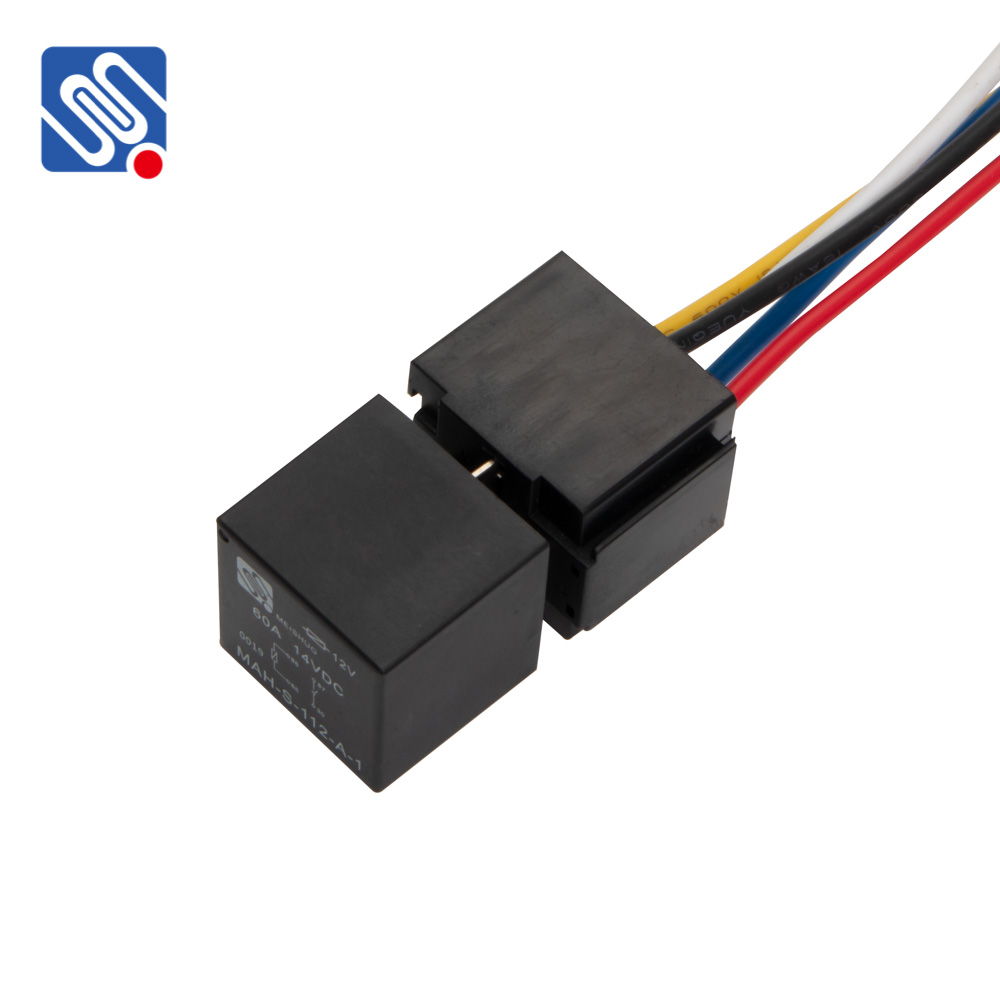Relays are crucial components in modern electrical systems, particularly when dealing with high-power devices. The 12V 40A relay is one of the most common types used in automotive, industrial, and automation applications due to its ability to handle large currents and provide efficient switching. This article will explore the features, uses, and benefits of the 12V 40A relay, providing a comprehensive understanding of its importance in various systems.

What is a 12V 40A Relay? A 12V 40A relay is an electromechanical device that uses an electric current to open or close a set of contacts, allowing it to control a larger electrical circuit with a lower power signal. The “12V” refers to the operating voltage of the relay, meaning it requires a 12V direct current (DC) power supply to activate the relay’s coil. The “40A” indicates that the relay is capable of switching electrical loads of up to 40 amperes, which is important for controlling devices that require high power. How Does a 12V 40A Relay Work? The operation of a 12V 40A relay is based on electromagnetism. When a 12V current flows through the relay’s coil, it creates a magnetic field that pulls a metal armature. This armature either opens or closes the contacts of the relay, depending on the type of relay. For a normally open (NO) relay, when the coil is energized, the contacts close, allowing the current to flow through the load. In the case of a normally closed (NC) relay, the contacts open when the coil is energized, interrupting the flow of current.
Leave a Reply